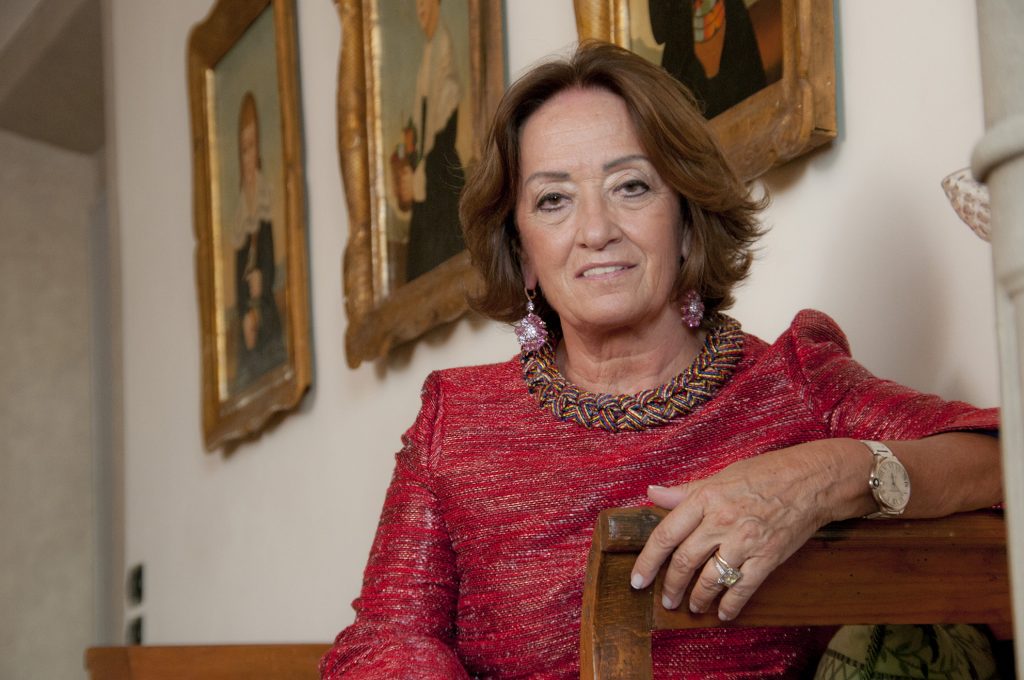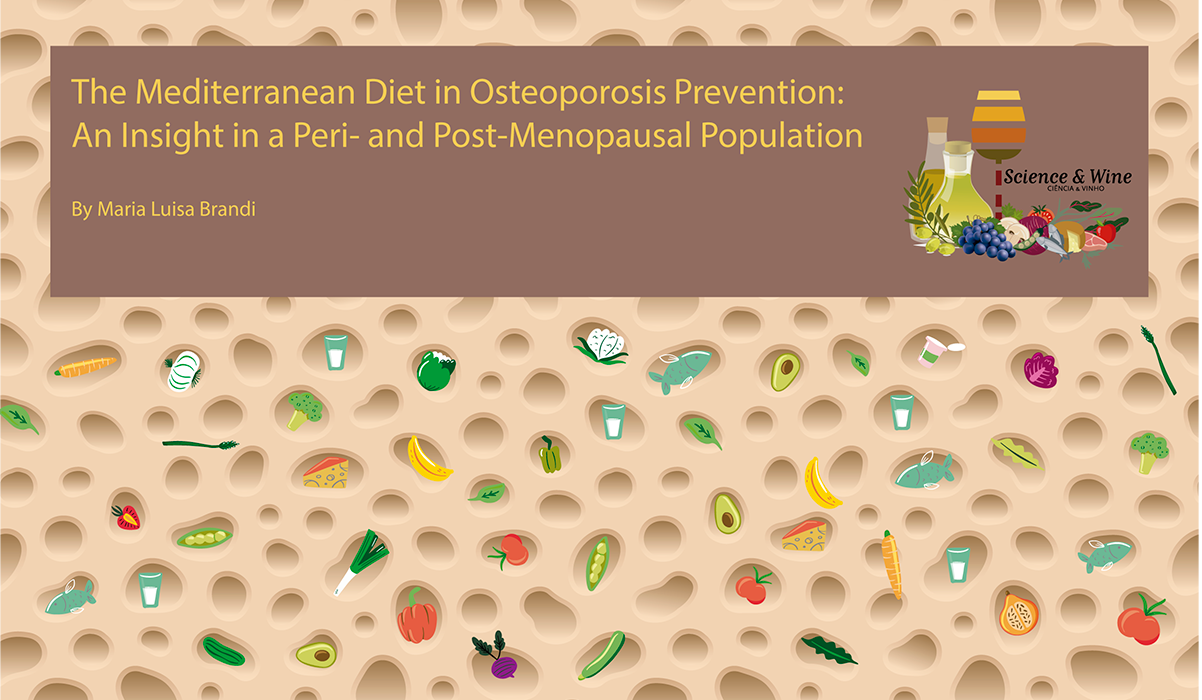By Maria Luisa Brandi
Osteoporosis (OP) and fragility fractures represent a public health problem in western countries, involving a large part of the population and steadily increasing worldwide. In fact, OP is a chronic condition that can require long-term management, and the World Health Organization (WHO) describes it as a “progressive systemic skeletal disease characterized by low bone mass and microarchitectural deterioration of bone tissue, with a consequent increase in bone fragility and susceptibility to fracture”.
Globally, OP affects over 200 million individuals. Hernlund E. et al. reported in 2010 that, in the European Union, approximately 6% of men and 21% of women aged 50–84 years have osteoporosis, affecting 27.6 million men and women.
Low-energy fractures, typical of osteoporosis, represent the main clinical evidence of disease progression. Major fragility fractures (especially hip fracture) increase mortality risk in all ages, and in older age also minor fractures increase the risk.

Osteoporosis represent a widespread public health problem. The management and prevention of osteoporosis and related low energy fractures start with a correct lifestyle and proper nutrition. Several different nutrients are essential for bone and mineral metabolism, especially calcium. Nevertheless, a well-balanced nutrition, such as Mediterranean diet (MD), proved to be beneficial for several chronic diseases and also fragility fractures resulted lower in the Mediterranean area. A prospective observational study in a population of two hundred peri- and post-menopausal women (aged 30–80 years) was developed at the Bone Clinic in Florence. Both MD adherence and dietary calcium intake were evaluated in occasion of a “first visit” and a “follow-up” visit, through validated questionnaires. From a descriptive point of view, although not statistically significant, in both visits a slight increase in calcium intake was observed for high adherence to MD diet. Moreover, a short nutritional interview (20 min) was applied in our population and demonstrated to be sufficient to significantly improve MD adherence level (mean score at T0 = 6.98 ± 1.74 and T1 = 7.53 ± 1.68), opening promising paths in osteoporosis prevention.

The results in this population of peri- and post-menopausal women, show that a higher daily calcium intake is recorded in higher levels of MD adherence. In addition, a short duration (no more than 20 min) nutritional interview, during which advice was provided in the context of a good clinical practice routine, was sufficient to obtain promising results in terms of lifestyle improvement and prevention of osteoporosis.
See all at: https://www.mdpi.com/2072-6643/13/2/531

Maria Luisa Brandi took the MD Degree in 1977, the Board in Endocrinology in 1980 and the PhD Degree in Cell Biology in 1987.
She was Full Professor of Endocrinology and Metabolic Diseases at the University of Florence, Florence, Italy until November, 2020.
She is Professor of Endocrinology and Metabolic Diseases at the University Vita-Salute, San Raffaele, Milano, Italy and at McMaster University, Toronto, Canada. She is President of the Italian Observatory on Fragility Fractures and Director of the Donatello Bone Clinic of Florence. She is Scientific Director of the Stabilimento Chimico Farmaceutico Militare of Italy and President of the Italian FRAME Project for the secondary prevention of fragility fractures. She is Member of the Group on Fragility Fractures of the Tuscany Region.
She is active both in clinical and in basic research in the area of bone and mineral metabolic disorders. Her basic background is in molecular endocrinology applied to clinical medicine. She developed several novel cell biological models used in basic research worldwide. Her reputation in the area of bone and mineral metabolism is well recognized nationally and internationally. She owns 7 patents and she published over 800 papers in peerly reviewed journals and 250 chapters in books. She has been and is the main investigator for several major applications granted from national and international Agencies and Institutions.
She serves as a member of the Board and of the Scientific Committee of the International Osteoporosis Foundation; she is chairing the Skeletal Rare Diseases’ Academy of the International Osteoporosis Foundation; she is General Secretary of the European Society for Clinical and Economic Aspects of Osteoporosis and Osteoarthritis and President of the Fondazione Italiana per la Ricerca sulle Malattie dell’Osso. She is the Editor-in-Chief of The International Journal of Fragility Fractures.

